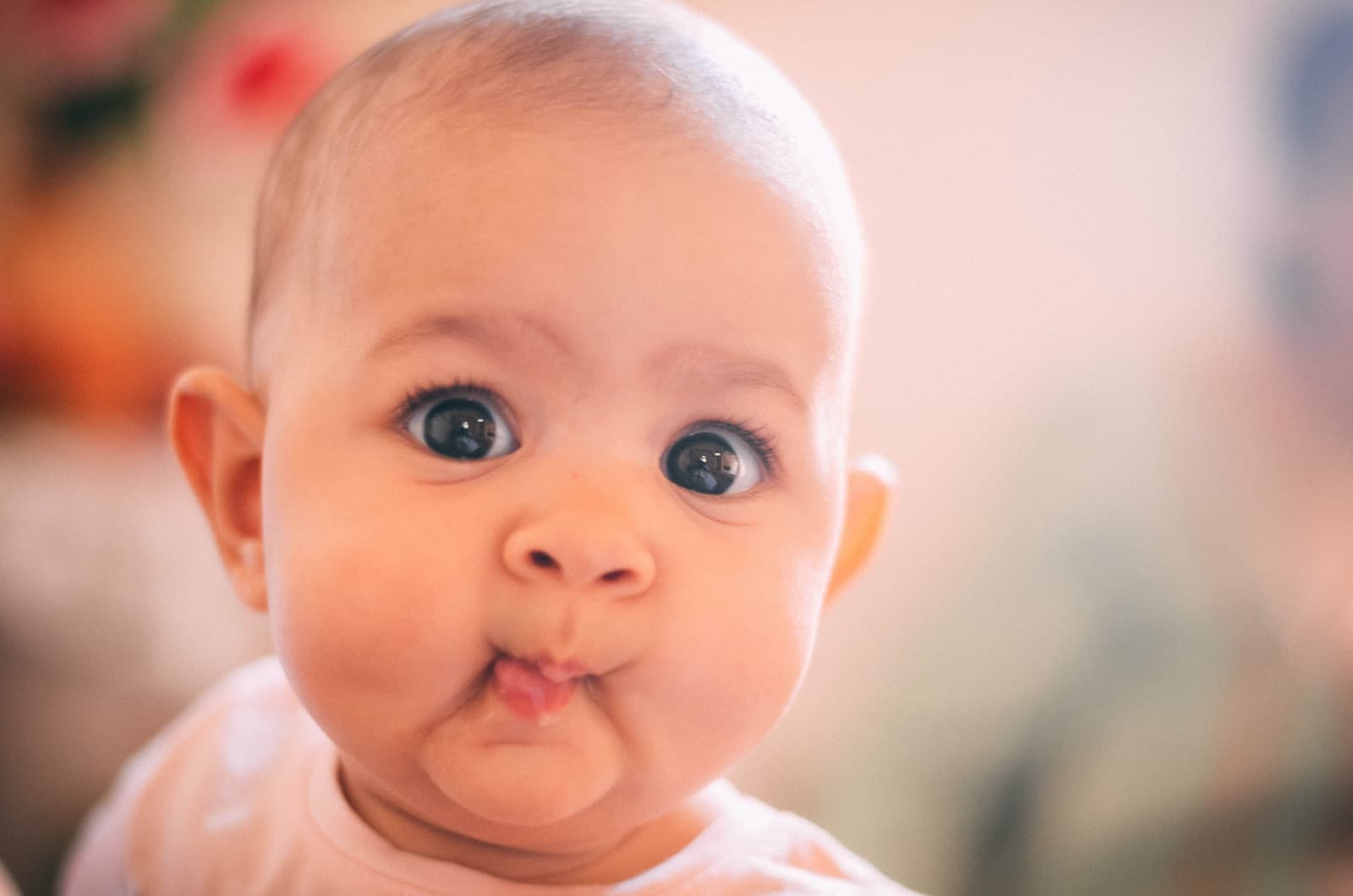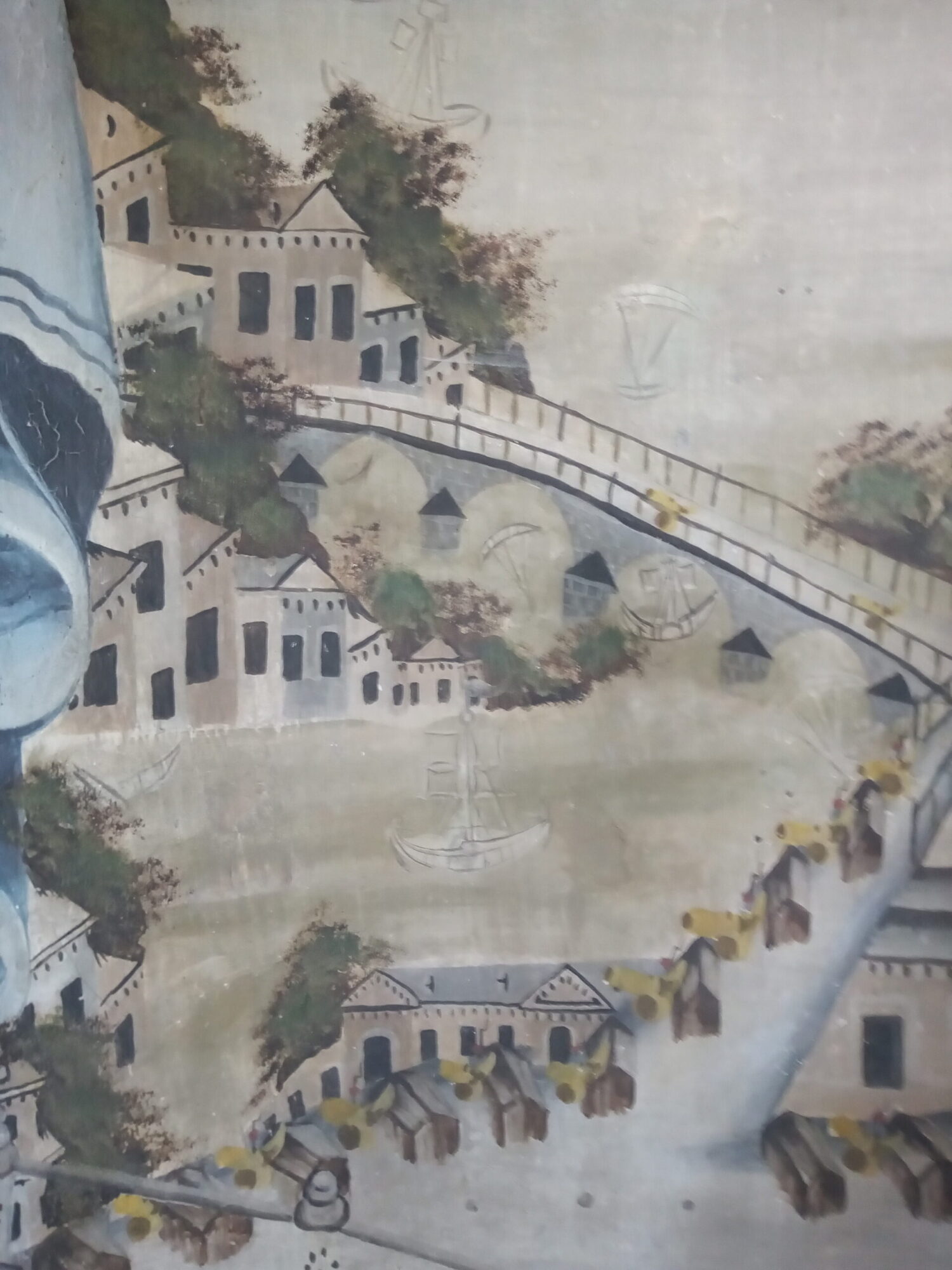It’s a good question to ask: Why was there no smile in old pictures?
We all know those old photos where people pose, all stiff and without a smile on their lips. A strong contrast with today’s portraits and selfies, isn’t it?
So is it because of their mood that the grandfathers had a sulky look?
Or was it because their dental hygiene was questionable at the time?
Several, more likely reasons exist according to writer and lecturer in graphic design at the Cambridge School of Art, Nicholas Jeeves.
Today we can capture a moment or a laugh with a click. The early days of photography were a different story.
Exposure times were long and it was absolutely essential to stay still in order to avoid a blurry photo.
When you try to smile for more than a few minutes, you quickly realize that it is impossible: a relaxed look quickly turns into a frozen grin. So it was easier for people at the time to keep a neutral expression.
At the time of the first photograph taken by Nicephore Niepce, it took 8 to 10 hours of exposure to the sun for the photo to take shape. Later on, Louis Daguerre’s daguerreotype reduced the exposure time to 15 minutes in 1829. Even so, these 15 minutes were still long for the models.
In painting, we don’t smile much, Mon Cher!
Although technology has evolved and has made it possible to reduce this exposure time, even more, the faces did not immediately become more cheerful. Thus this persistent absence of a smile is also due to a historical tradition in pictorial art.
One can realize that photography was largely influenced by painting in its early days, and it was rare to depict bursts of laughter or full-bodied smiles on canvas. Until the beginning of the 20th century, the photograph was not a snapshot, a snapshot of a moment.
On the contrary, it served as a witness to a person’s existence, a bit like painting: it was the portrait of a person’s life, it “immortalized” him or her in a frozen moment… which excluded any inappropriate grimace.
Smiling without reason “it was for idiots”
To this artistic and historical reason is added a more moral and social one. The smile, and especially the laughter, was not perceived in the same way as today. In Western Europe in particular, smiling was showing oneself to be silly, as evidenced by this quote from Charles Dickens: “Smiling is reserved for ladies and gentlemen who do not care much about looking intelligent.”
Or Mark Twain, though a rather bon vivant, who said in 1866, “A photograph is a very important document, and there is nothing more damning than a silly, naïve smile captured and frozen for eternity.”
But if people looked serious, it was also because photography was expensive and therefore reserved for the elite. This elite that sought above all to demonstrate its honourable value and distinction. Thus as Nicholas Jeeves explains, “in 17th century Europe, it is a well-established fact that the only people who smile widely, in life and in art, are the poor, the immodest, the drunkards, the innocent and the public entertainers.” So be it!
A new era arrived and thanks to the popularization of Hollywood stars, around the 1920s, smiles then appeared more frequently on faces and poses became relaxed and democratized. Then photography, with its technological and artistic advances, gradually devoted itself to emotions and the capture of everyday moments.












